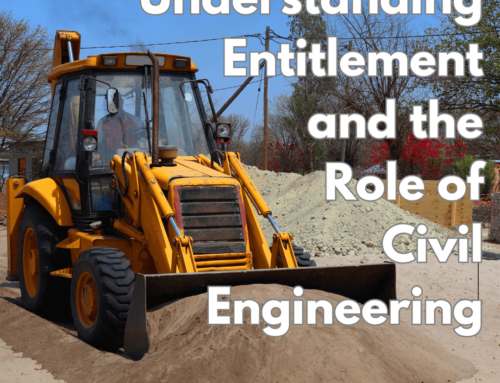Earth Day was first created to raise awareness that there are finite resources on the earth and that human activity can destroy the delicate natural balance of the planet.
In the 1960s, Americans were becoming more aware of how pollution impacts the environment. Silent Spring by Rachel Carson (1962) reported the effect of pesticides on the countryside. In 1969, the Cuyahoga River caught fire due to chemical pollution. U.S. Sen. Gaylord Nelson of Ohio, appalled by the horror of a heavily polluted burning river, started Earth Day in 1970. The Environmental Protection Agency evolved from early efforts to conserve endangered species and preserve important natural resources such as trees, plants and water.
Conservation activists continue to fight for a balance between human needs and the welfare of Earth’s sensitive ecology. As you celebrate Earth Day this year, keep in mind the scientists —including civil engineers — who help protect the natural environment from man-made stresses.
How Civil Engineers Help Protect the Environment
Civil engineers build structures that attempt to minimize air, water and soil pollution. They also try to protect humans from the ever-increasing weather events that sometimes threaten coastal cities and inland homes and business structures. That includes fires, tornadoes, hurricanes, earthquakes, and floods.
The need for solutions to protect natural resources is more urgent than ever. The scarcity of clean water and rising sea levels are just two of the crucial issues facing populations around the globe. Therefore, sustainability is a critical consideration in both man-made and natural infrastructure design.
Civil engineers build stormwater management systems, wastewater collection and treatment facilities, and commercial and mixed-use development projects designed to reduce the impact of human encroachment on the natural environment.
Here are some of the ways their work safeguards natural resources:
- Reduces carbon footprint of communities and individual businesses.
- Creates resilient communities.
- Preserves fresh water resources.
- Ensures EPA regulations are followed.
- Results in environmentally efficient buildings (solar, wind, “green” building materials).
This is a tradition we honor and uphold at Keck & Wood.
Civil Engineers Play an Important Role in Building More Efficient Structures
According to the American Society of Civil Engineers, civil engineers plan, construct, operate and maintain physical infrastructure with sustainability in mind. This includes energy generation, communications facilities, transportation, industrial facilities and water resource facilities. To sustain the planet, every construction project should minimize greenhouse gases and adopt an adaptive approach to climate change over the next 50 to 100 years.
This involves planning and preparing for the impact of weather events and other consequences of climate change. It also includes mitigating future impacts by taking steps to proactively reduce climate change and cut emissions of greenhouse gases. Civil engineers implement resilience planning into wastewater facilities, roads, bridges, buildings and power plants. This requires new standards, knowledge and technology to improve the way buildings can handle the result of human disasters and the changing climate.
How the Professionals at Keck & Wood Are Making a Difference
At Keck & Wood, our solutions include:
- Drinking Water Safeguards
- Stormwater and Wastewater Management
- Landscape Architecture
- Land Surveys and Development
- Funding Application Assistance
- Asset Management
- Transportation and Traffic Engineering Solutions
- Bidding and Construction Administration
At Keck & Wood, every day is Earth Day. Our licensed, experienced civil engineers apply sustainability across every stage of the project lifecycle. At the same time, we always combine opportunities to reduce costs and increase efficiency for property owners. Working within the confines of federal regulations, we create infrastructure designed to decrease the emission of greenhouse gases and improve waste management.







Leave A Comment